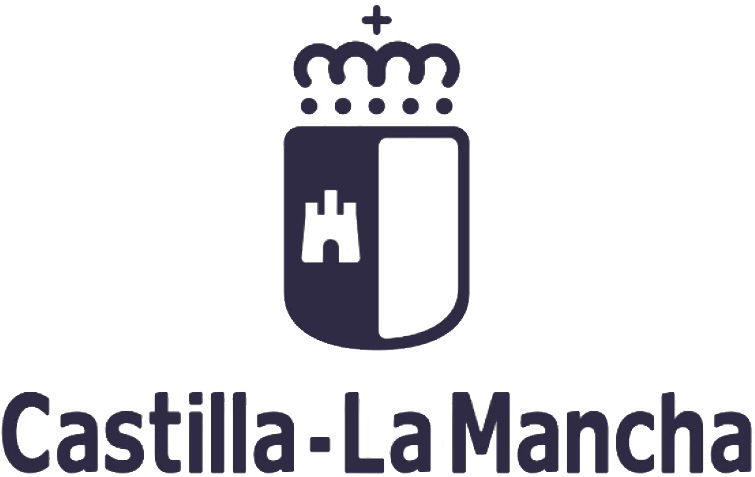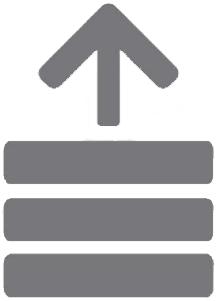Proud to be a WeConnect certified
women-owned company!











Legal Policy
Newsletter


Empresa beneficiaria de las subvenciones de la Junta de Comunidades de Castilla-La Mancha: Ayudas -Adelante Digitalización- para el fomento de la inversión y la mejora de la productividad empresarial.
Proyecto incentivado con una subvención cofinanciada por el Fondo Europeo de Desarrollo Regional.
Objetivo del proyecto: La modernización de las estrategias de comunicación y venta para el impulso de la actividad de comercio electrónico de las pymes.


